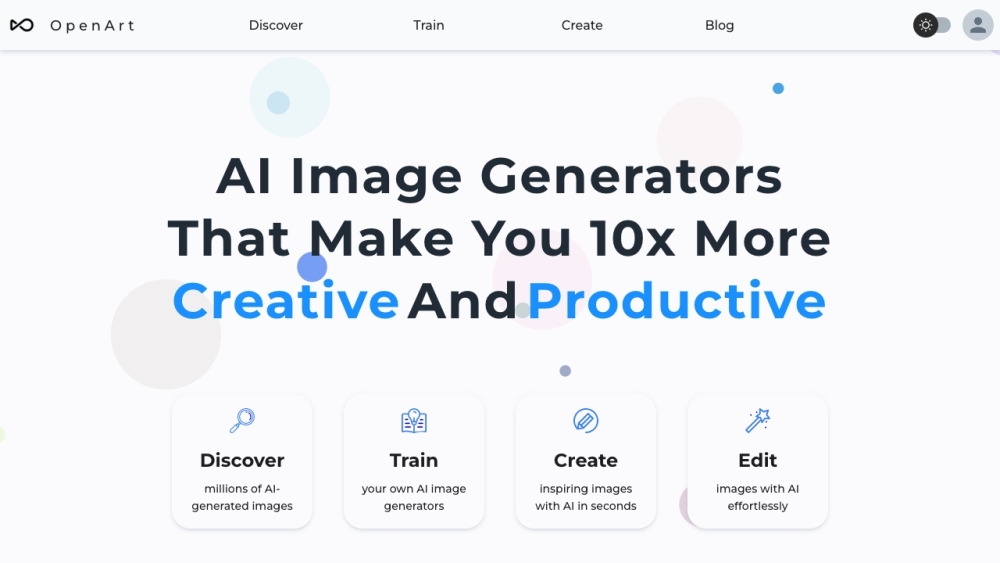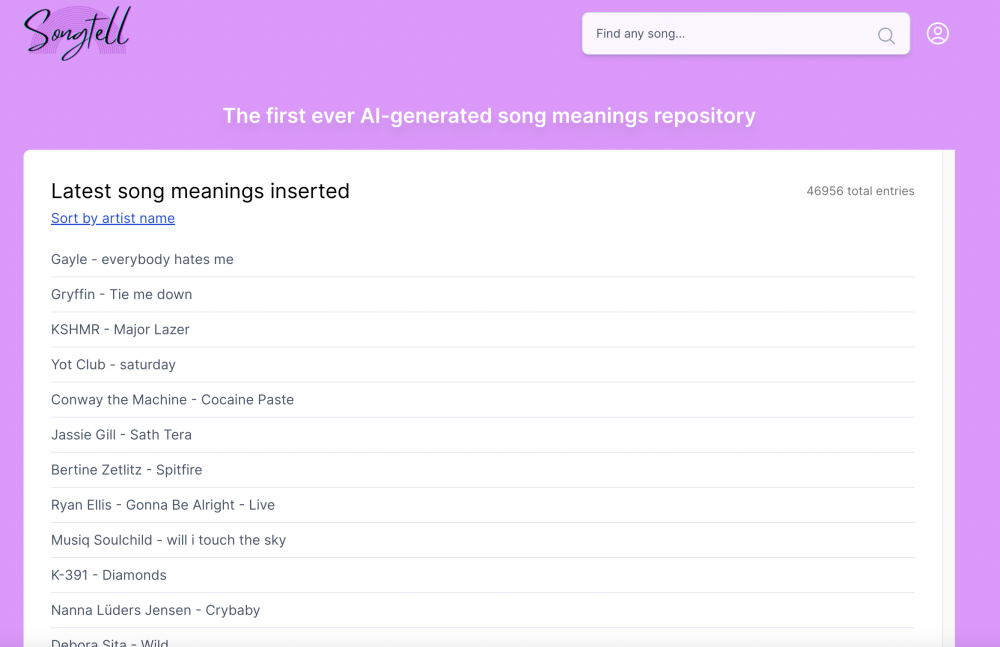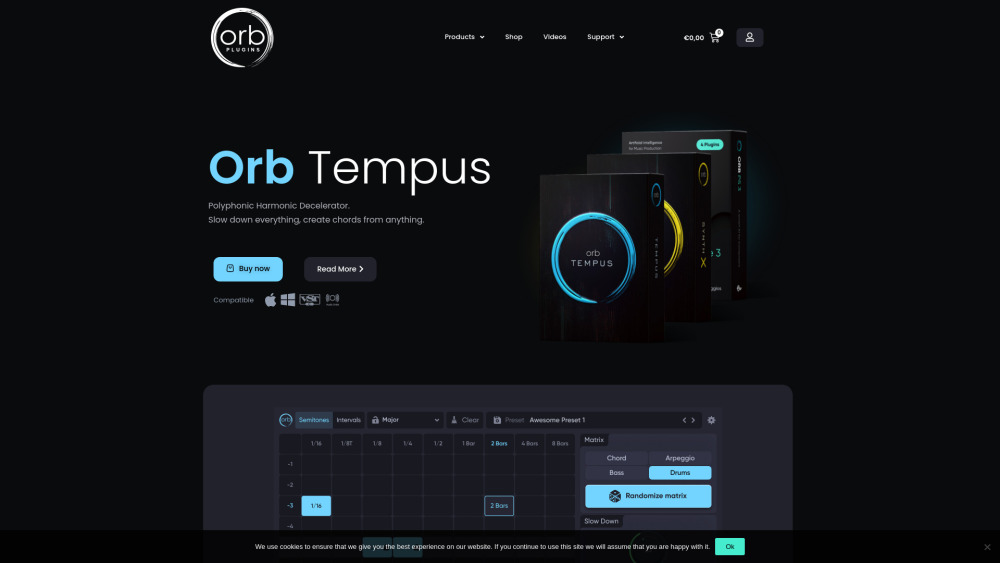What is a NIM? Discover How Nvidia Inference Microservices Revolutionizes AI Model Deployment for the Industry
Most people like

OpenArt is an innovative AI image generator designed to boost creativity and productivity by offering a diverse array of AI models and artistic styles. With its user-friendly interface, OpenArt empowers users to transform their creative visions into stunning visuals effortlessly.

Unlock academic success with advanced AI homework solutions. Elevate your learning experience and achieve your educational goals with innovative technology designed for students. Discover how AI can enhance your study process and provide personalized assistance tailored to your unique needs.

Uncover the deeper meanings behind your favorite songs with Songtell's innovative AI-powered platform.

In today's rapidly evolving music industry, AI tools are transforming the way composers and producers create, collaborate, and innovate. These advanced technologies empower artists to enhance their creative processes, streamline production workflows, and explore new musical possibilities. By leveraging AI, musicians can discover inspiration, generate unique sounds, and optimize their projects like never before. This guide explores the top AI tools available for music professionals, showcasing how they can elevate your compositions and production efforts to new heights.
Find AI tools in YBX
Related Articles
Refresh Articles
